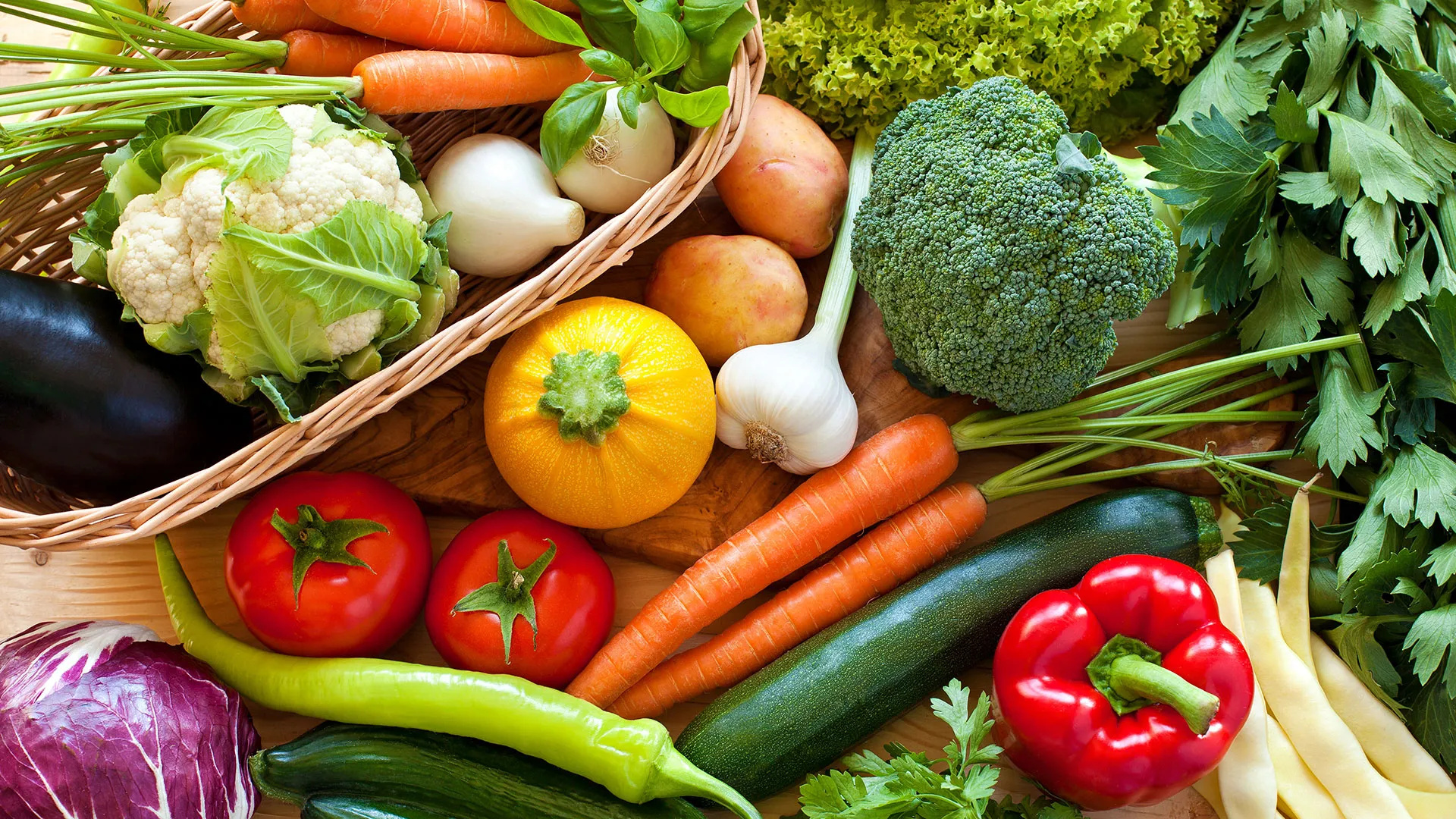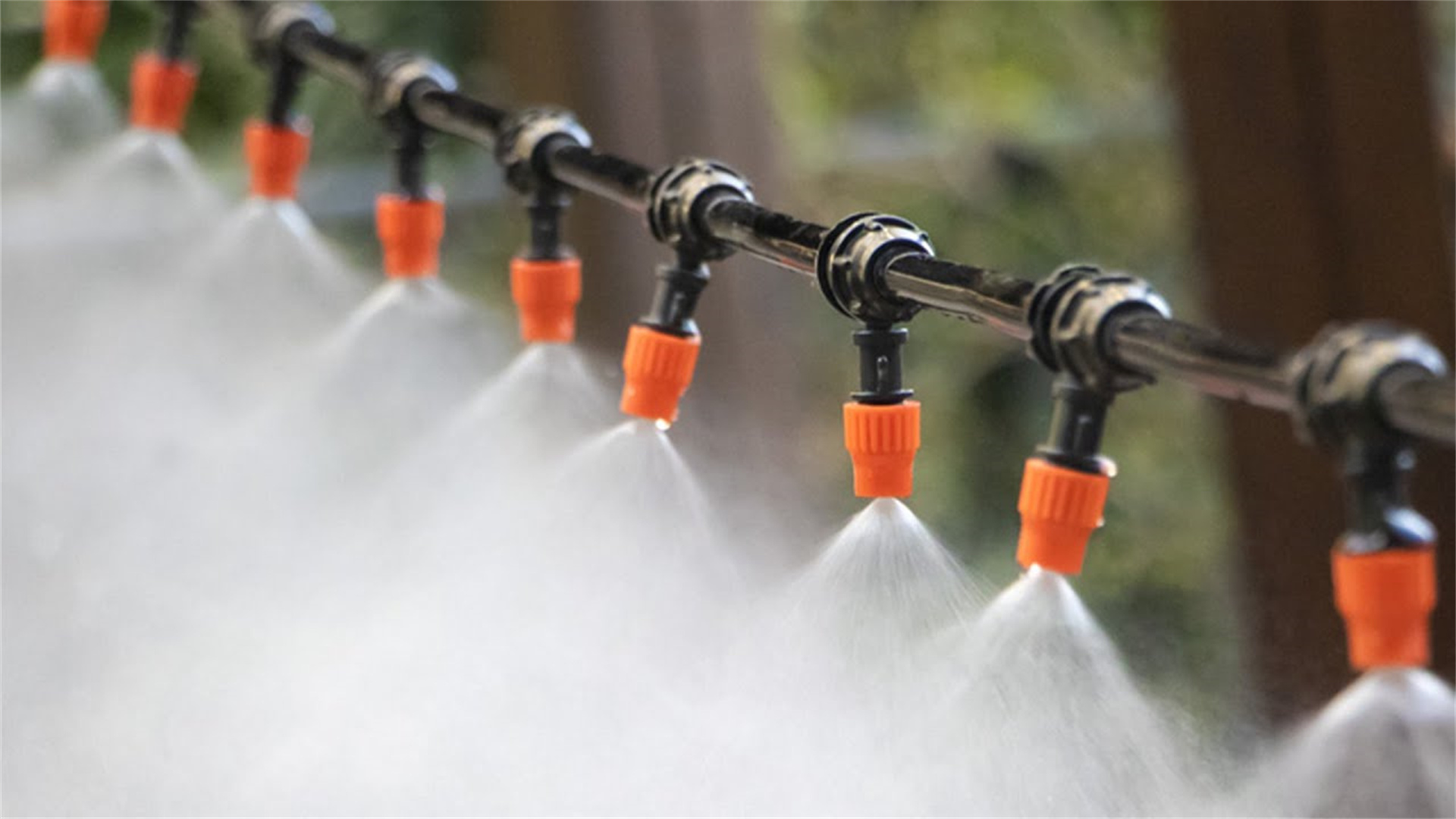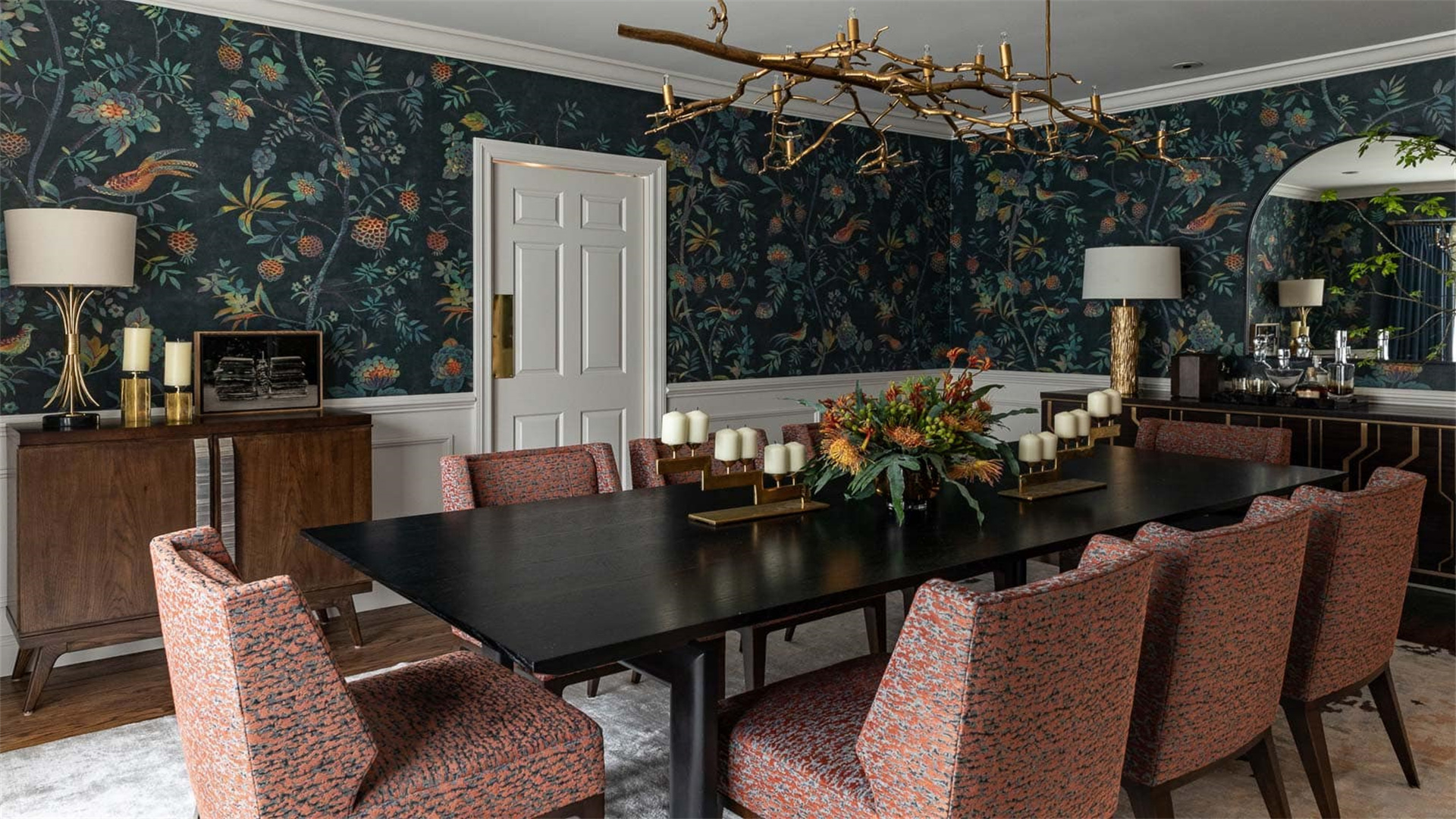8 Stunning Trees to Transform Your Home Landscape Into a Natural Masterpiece
Adding trees to your property is one of the most rewarding ways to enhance both its beauty and ecological balance. Beyond their obvious aesthetic appeal, trees provide a wealth of benefits—they purify the air, create cooling shade during hot summers, reduce noise, and offer shelter and food for birds and other wildlife. Whether your goal is to create a peaceful retreat, boost curb appeal, or improve your home’s environmental footprint, the right trees can make all the difference.
Here are eight exceptional tree species that not only thrive across a range of U.S. climates but also bring year-round color, texture, and life to your home landscape.
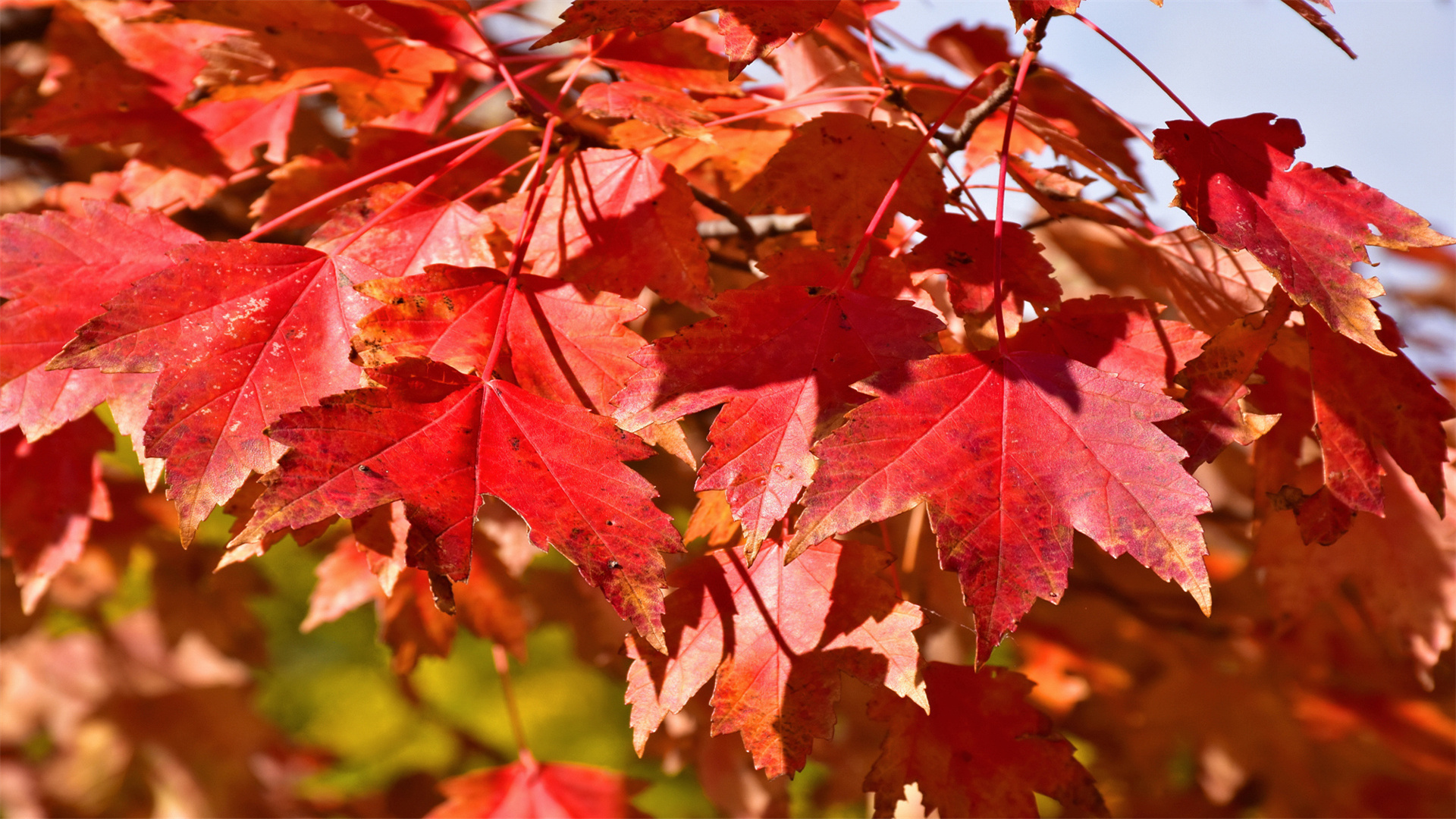
1. Red Maple (Acer rubrum) — A Spectacle of Autumn Color
If you’re looking for a tree that delivers breathtaking beauty in every season, the Red Maple is a top contender. With its rounded to oval canopy and mature height of 40 to 60 feet, this versatile species grows well in USDA Zones 3–9, making it one of the most widely adaptable trees in North America.
In spring, Red Maples delight with tiny red buds and flowers that signal the end of winter. By summer, their broad green leaves provide generous shade, creating a cool haven in your yard. When autumn arrives, the tree transforms into a blaze of color—its leaves turning shades of gold, scarlet, and crimson that can rival any fall landscape.
This fast-growing tree also supports local ecosystems by offering habitat for squirrels, songbirds, and beneficial insects. Affordable and easy to establish, the Red Maple is a reliable choice for homeowners seeking a blend of beauty, practicality, and low maintenance.
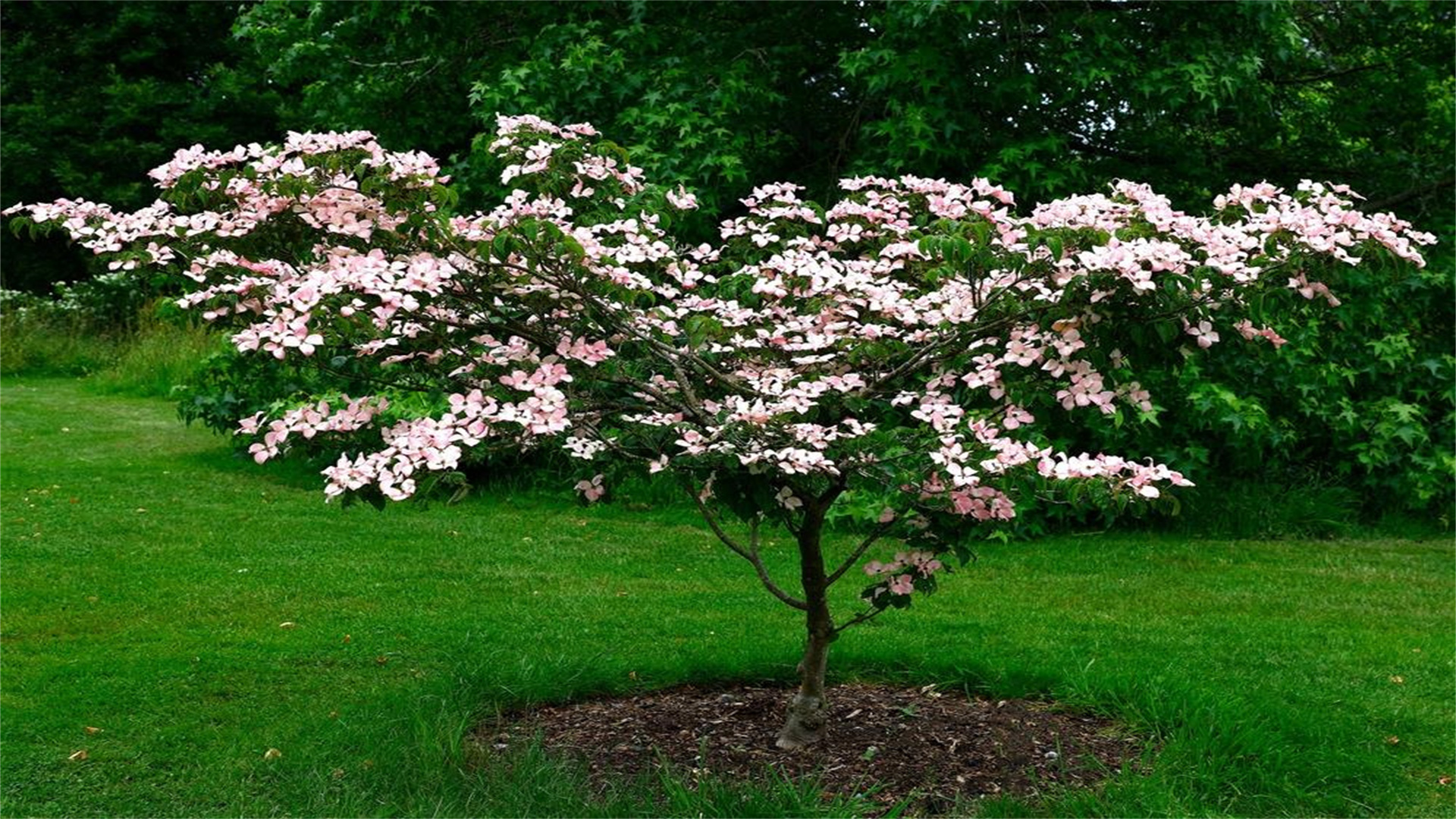
2. Flowering Dogwood (Cornus florida) — A Graceful Accent for Every Garden
Few trees can rival the charm of the Flowering Dogwood. This compact, ornamental tree typically reaches 20–30 feet in height and features a distinctive, horizontally layered branching structure. Ideal for USDA Zones 5–9, Dogwoods prefer partial shade and well-drained, slightly acidic soil.
In spring, Dogwoods burst into a show of creamy white or soft pink blossoms, creating a picture-perfect focal point in any garden. By fall, their foliage turns a deep reddish-purple, and clusters of bright red berries appear—providing a feast for birds and wildlife throughout the colder months.
Because of their manageable size, Dogwoods are perfect for smaller yards or as understory companions beneath taller trees. While they may cost a bit more than fast-growing shade trees, their ornamental beauty, four-season appeal, and minimal maintenance requirements make them an elegant long-term addition to any landscape.
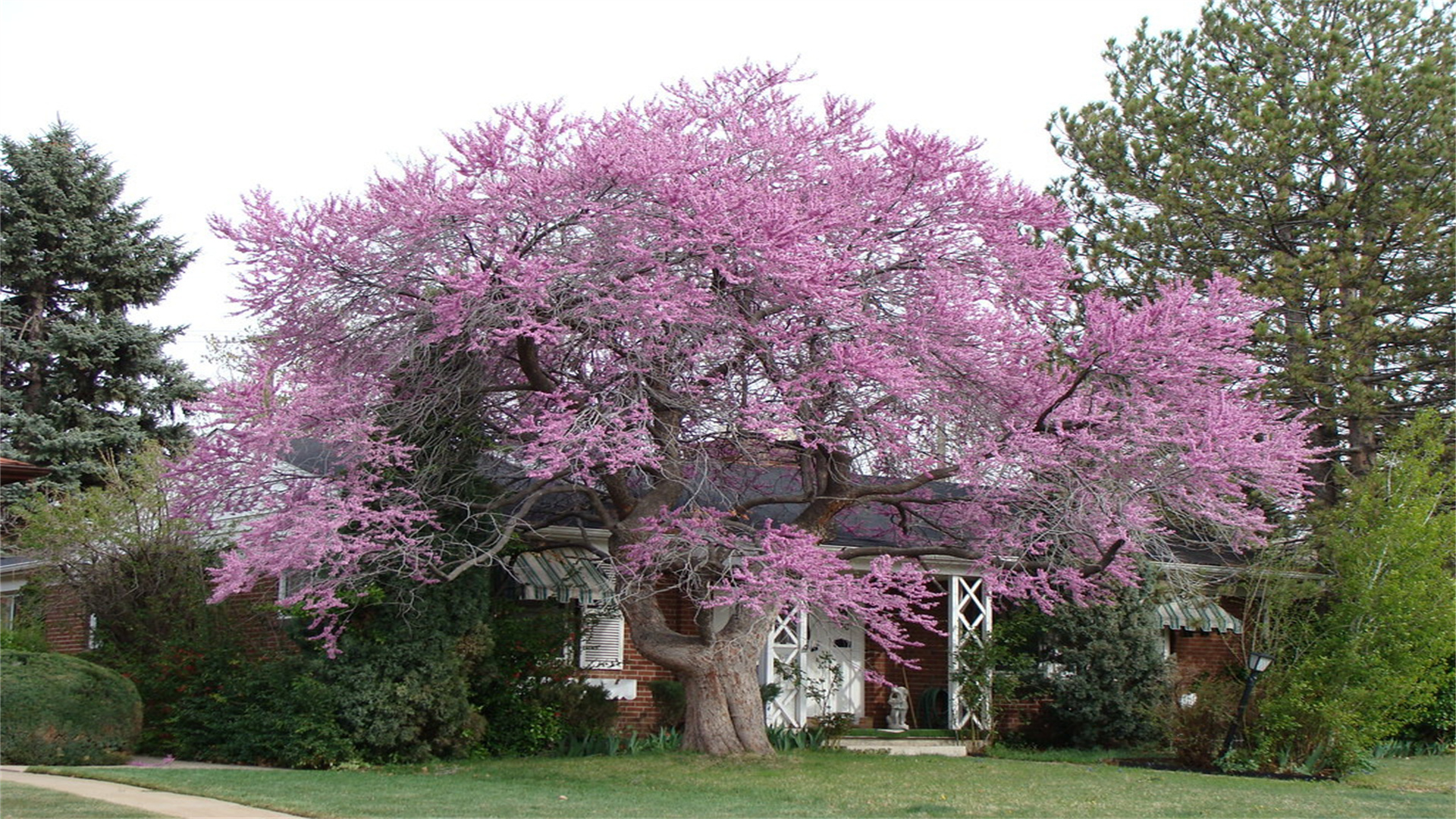
3. Eastern Redbud (Cercis canadensis) — The Harbinger of Spring
The Eastern Redbud is one of the earliest trees to bloom each spring, announcing the new season with an explosion of vivid pink and lavender flowers that cover every branch before the leaves appear. Growing to about 20–30 feet tall with a broad, spreading crown, this tree thrives in USDA Zones 4–9 and adapts well to a range of soil conditions.
Its distinctive heart-shaped leaves emerge a soft reddish hue, mature to rich green in summer, and then turn golden yellow in autumn, offering visual interest throughout the year. Redbuds attract pollinators like bees and butterflies, making them a valuable addition to eco-friendly gardens.
With their manageable size and graceful silhouette, Eastern Redbuds are ideal for front yards, courtyards, or as accent trees in larger properties. They establish quickly and reward gardeners with vibrant color, low maintenance, and high ecological value.
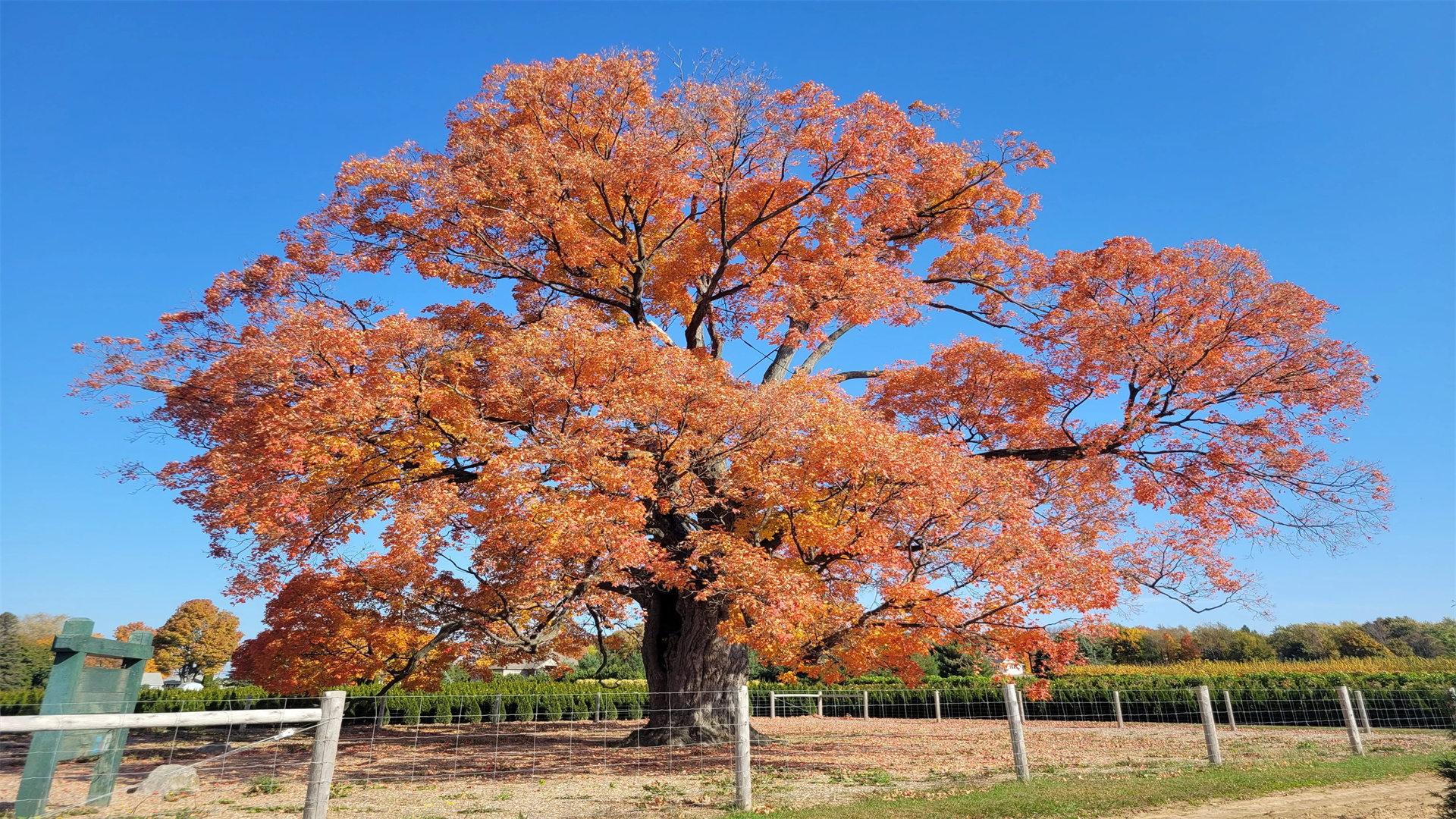
4. Sugar Maple (Acer saccharum) — The Symbol of Autumn Majesty
The Sugar Maple, famous for its maple syrup and legendary fall colors, is one of the most iconic trees in North America. Towering 60–75 feet tall at maturity with a dense, rounded canopy, it thrives best in USDA Zones 3–8, particularly in regions with cold winters and moderate summers.
Each fall, the Sugar Maple puts on an unforgettable display of gold, orange, and crimson foliage that lights up forests and neighborhoods alike. In summer, its thick canopy casts cool shade that can reduce energy costs by keeping your home naturally cooler.
Although it grows slowly, this tree’s longevity and grandeur make it a lasting investment. Over time, it becomes a stately centerpiece in any landscape—one that future generations can continue to enjoy. It’s also an important ecological player, providing sap for syrup, shelter for wildlife, and brilliant beauty for all who see it.

5. Crape Myrtle (Lagerstroemia indica) — A Year-Round Southern Favorite
Beloved across the southern United States, the Crape Myrtle is often called the “lilac of the South” for its profusion of long-lasting summer blooms. This small to medium tree, typically 15–25 feet tall, flourishes in USDA Zones 6–10 and thrives under full sun with minimal care.
From midsummer through fall, it produces dense clusters of flowers in pink, red, purple, or white, creating an extended season of color. Even after the blooms fade, the tree’s smooth, exfoliating bark reveals mottled shades of cream, tan, and cinnamon, adding winter interest.
Crape Myrtles are drought-tolerant once established and resistant to many pests and diseases. Whether planted as single specimens, in rows, or pruned into small ornamental trees, they provide a dynamic, low-maintenance option that delivers beauty all year long.
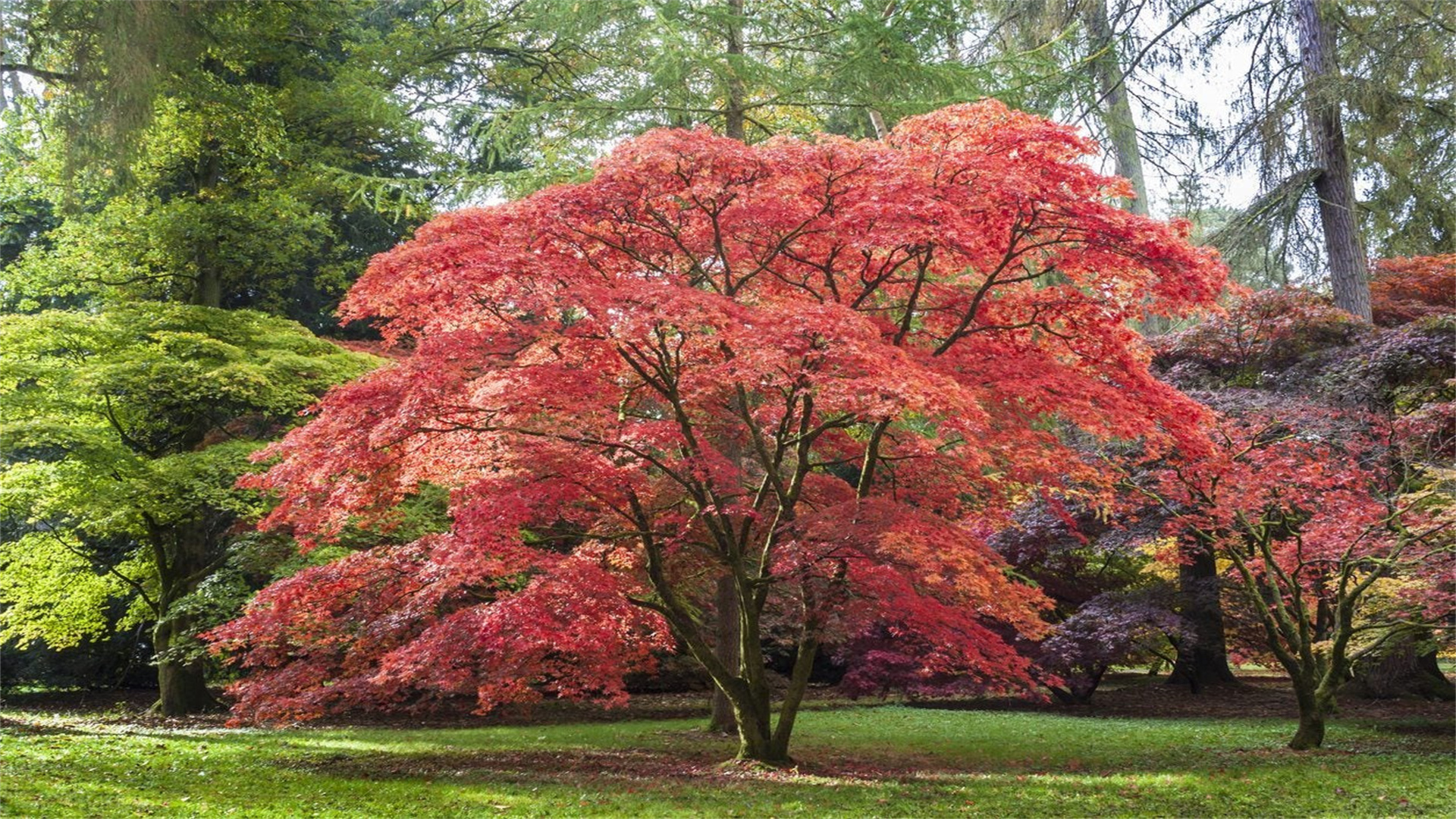
6. Japanese Maple (Acer palmatum) — The Epitome of Elegance
Few trees can match the refinement and artistry of the Japanese Maple. Highly valued for its delicate, lace-like leaves and graceful form, it’s a popular choice for courtyards, patios, and Asian-inspired gardens. Most varieties reach 15–25 feet in height and flourish in USDA Zones 5–8.
Available in countless cultivars, Japanese Maples come in shades ranging from deep burgundy and scarlet to emerald green and golden yellow, offering endless design possibilities. Their fine branching structure creates a beautiful silhouette, especially when backlit by morning or evening light.
These trees prefer partial shade and protection from strong winds, making them ideal for sheltered garden spots or container planting. While their saplings are pricier than many other species, their unparalleled beauty, versatility, and longevity justify every penny.
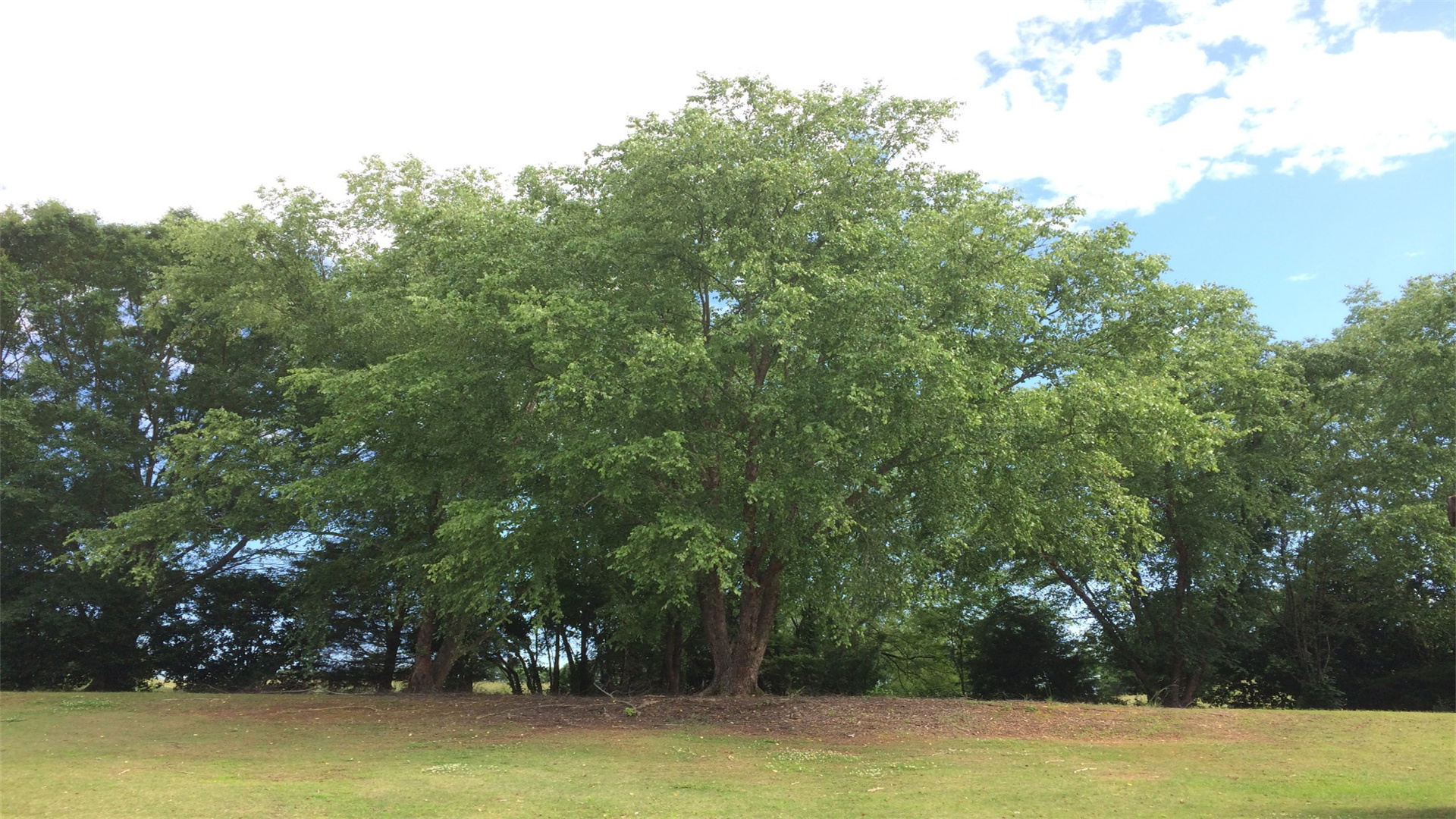
7. River Birch (Betula nigra) — The Textured Beauty of Water’s Edge
If you’re looking for a tree that combines visual appeal with adaptability, the River Birch is an outstanding option. Reaching 40–70 feet tall, this fast-growing species thrives in USDA Zones 4–9 and performs exceptionally well in wet or poorly drained soils where other trees struggle.
The River Birch’s peeling, cinnamon-colored bark is one of its most striking features, providing year-round texture and visual warmth. In spring, it produces catkins that attract birds, and in autumn, its foliage turns bright yellow, bringing cheerful color to the landscape.
Because it’s resistant to the bronze birch borer—a pest that affects many other birch species—the River Birch is a hardy, low-maintenance choice. Whether used as a specimen tree or planted in groups near ponds and streams, it adds character and natural charm to any outdoor space.
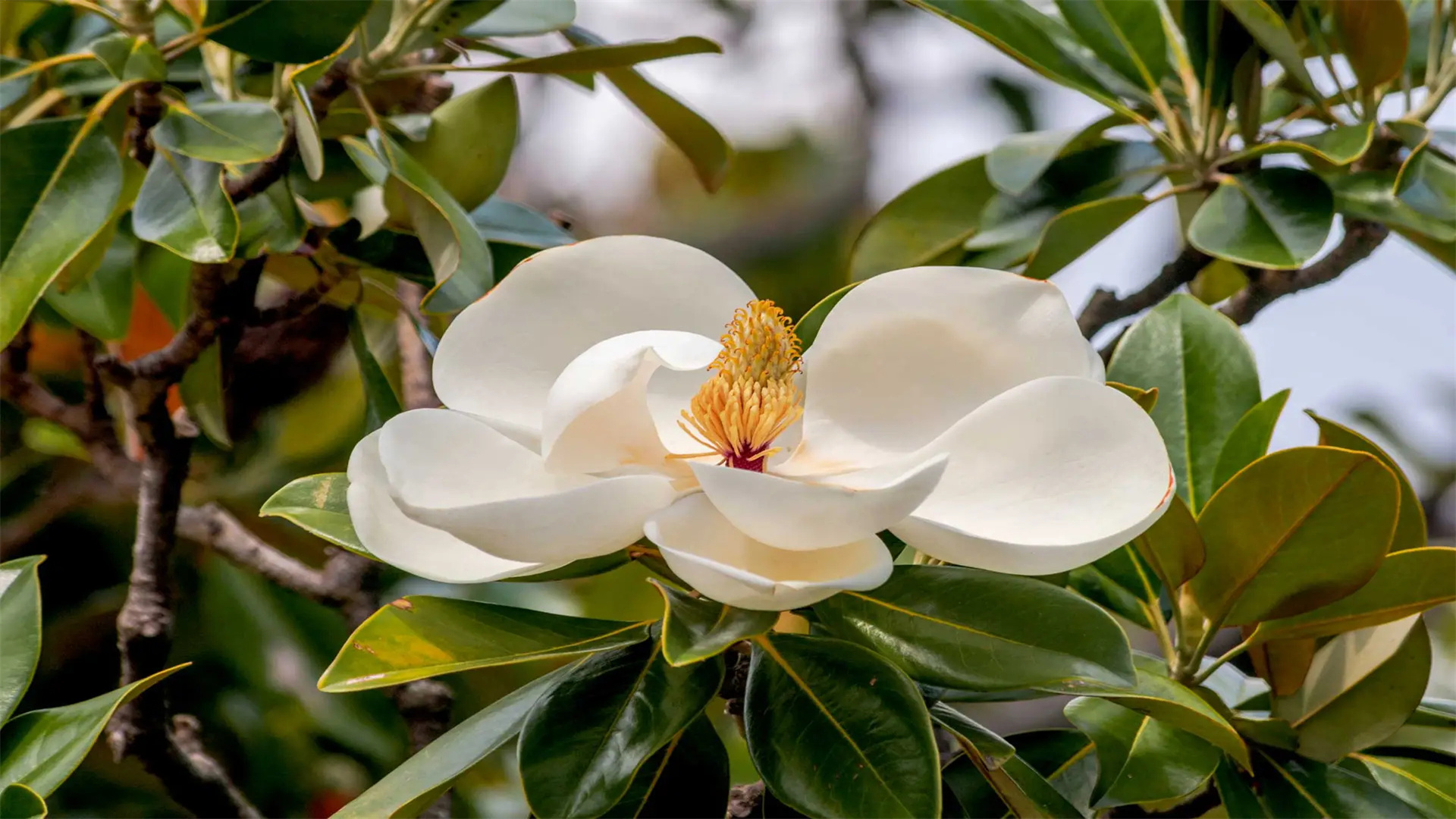
8. Southern Magnolia (Magnolia grandiflora) — The Fragrant Giant of the South
Majestic, timeless, and unmistakably elegant, the Southern Magnolia embodies the beauty of the American South. Growing up to 60–80 feet tall, it’s prized for its large, creamy-white, fragrant blossoms and glossy evergreen leaves with rich brown undersides. Best suited for USDA Zones 6–10, it thrives in full sun to partial shade and prefers well-drained soil.
Magnolias bloom throughout summer, their sweet scent filling the air and drawing bees, butterflies, and birds. The dense foliage provides excellent privacy and shade, while the tree’s sturdy structure and long lifespan make it a lasting feature in any landscape.
Although Magnolia saplings can be more expensive than some deciduous varieties, their year-round greenery, spectacular blooms, and stately presence make them one of the most rewarding investments for homeowners seeking both beauty and permanence.
Final Thoughts: Planting for Beauty, Shade, and Legacy
Planting trees isn’t just about improving curb appeal—it’s about creating a living legacy that benefits your home, your community, and the planet. Whether you’re drawn to the fiery colors of the Red Maple, the refined elegance of the Japanese Maple, or the sweet fragrance of the Magnolia, each of these trees brings its own personality and purpose to your outdoor space.
With a thoughtful combination of size, shape, and seasonal interest, these eight species can transform your yard into a sanctuary of shade, color, and tranquility—one that you, your family, and future generations can enjoy for decades to come.

